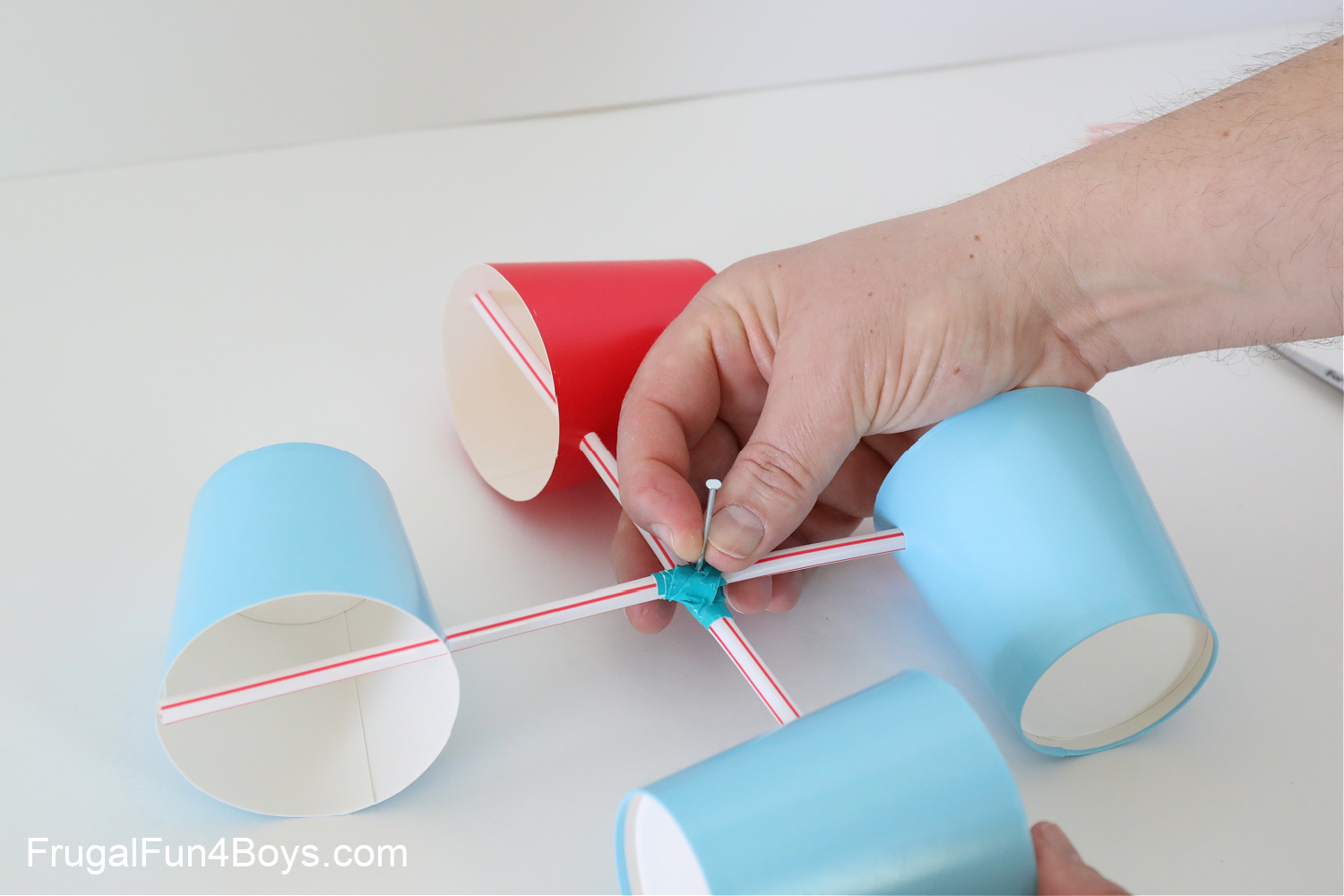Top Attributes to Look for in an Efficient Anemometer for Accurate Wind Measurement
Top Attributes to Look for in an Efficient Anemometer for Accurate Wind Measurement
Blog Article
Anemometers Unveiled: Recognizing Their Value in Ecological Tracking and Precaution
The duty of anemometers in environmental surveillance and security actions is frequently undervalued, yet their importance is undeniable. These tools have a lengthy background rooted in scientific inquiry and technological developments, developing to come to be essential devices in numerous areas. From weather forecasting to aeronautics safety, anemometers play a crucial role in providing precise data that notifies decision-making procedures and boosts total safety and security. Recognizing the details of anemometers reveals a world of crucial understandings that are fundamental to our understanding of the setting and the actions we require to ensure safety and security.
History of Anemometers
The development of anemometers can be mapped back to the old worlds where basic wind determining devices were initial made use of. One of the earliest recognized anemometers was the hemispherical mug anemometer invented by Leon Battista Alberti in the 15th century.
In the 18th century, the prominent scientist John Thomas Romney Robinson presented the Robinson anemometer, which featured 4 hemispherical mugs mounted on straight arms that expanded from a main axis. This design became a requirement in meteorological measurements as a result of its precision and reliability. Over the years, advancements in technology resulted in the development of more modern-day anemometers, consisting of ultrasonic anemometers and laser Doppler anemometers, providing boosted accuracy and performance in measuring wind speed and direction. The history of anemometers showcases an impressive trip of advancement and progression in the area of weather forecasting.
Kinds Of Anemometers
Throughout the field of weather forecasting, various types of anemometers have actually been established to properly measure wind rate and direction. Sonic anemometers use ultrasonic signals to determine wind speed and instructions accurately. Hot-wire anemometers operate based on the principle that the cooling effect of wind on a heated cable is proportional to the wind speed.
Applications in Meteorology
Having talked about the numerous kinds of anemometers utilized in weather forecasting for measuring wind speed and instructions, it is vital to explore their useful applications in the field. Anemometers play a crucial duty in meteorology by providing accurate and real-time information on wind conditions (anemometer). Meteorologists utilize anemometers to keep track of wind rate and instructions to forecast climate patterns, concern warnings for serious weather condition occasions like hurricanes, tornadoes, and tornados, and assess weather for aviation security
In meteorology, anemometers help in comprehending local and regional wind patterns, which are important for forecasting weather modifications and figuring out climatic trends. These devices are likewise made use of in study to study microclimates, city warm islands, and air pollution dispersion. In addition, anemometers are employed in agriculture to optimize plant administration techniques, such as irrigation from this source and pesticide application, based upon wind problems.
Importance in Aeronautics Safety
An essential aspect of making sure aeronautics safety depends on the careful monitoring of wind problems using anemometers. Anemometers play a critical duty in aeronautics by providing real-time data on wind rate and direction, assisting pilots in making notified decisions during liftoff, flight, and landing. Solid and unpredictable winds can significantly affect aircraft operations, making it important for air travel authorities to rely upon exact wind measurements to make certain the safety and security of guests and team.

In the vibrant atmosphere of aeronautics, where even small changes in wind rate and instructions can have profound results, anemometers stand as essential tools for advertising risk-free and protected flight.
Function in Environmental Research
Just how do anemometers contribute to developments in ecological research study? Anemometers play an essential role in ecological research study by providing important information on wind rate and instructions. This details is important for comprehending various climatic processes, such as air contamination diffusion, weather condition patterns, and environment modification. By precisely gauging wind attributes, anemometers help scientists assess the movement of pollutants airborne, assess the effect of industrial discharges, and anticipate the spread of impurities in the setting.


Verdict
In conclusion, anemometers have actually played an essential function in ecological tracking and security measures. Comprehending the significance of anemometers is crucial for properly gauging wind speed and direction, which is vital for anticipating weather condition patterns, making sure secure aeronautics operations, and conducting environmental researches.
One of the earliest recognized anemometers was the hemispherical mug anemometer developed by Leon Battista Alberti in the 15th century. Over the years, advancements in innovation led to the advancement of even more contemporary anemometers, consisting of read review ultrasonic anemometers and laser Doppler anemometers, using increased accuracy and performance in determining wind speed and instructions. Hot-wire anemometers run based on the principle that the cooling effect of wind on a warmed cable is symmetrical to the wind rate. Meteorologists use anemometers to keep an eye on wind speed and instructions to anticipate weather condition patterns, problem warnings for serious weather condition occasions like tornadoes, cyclones, and storms, and assess climatic problems for aeronautics safety and security.
Comprehending the significance of anemometers is crucial for accurately gauging wind rate and direction, which is crucial for anticipating weather patterns, making sure secure aviation operations, and conducting environmental studies. (anemometer)
Report this page